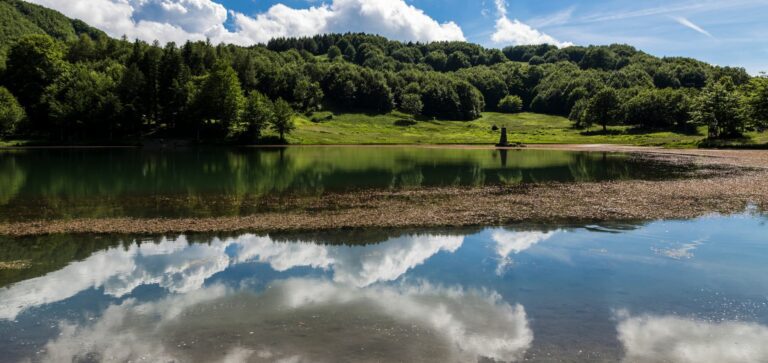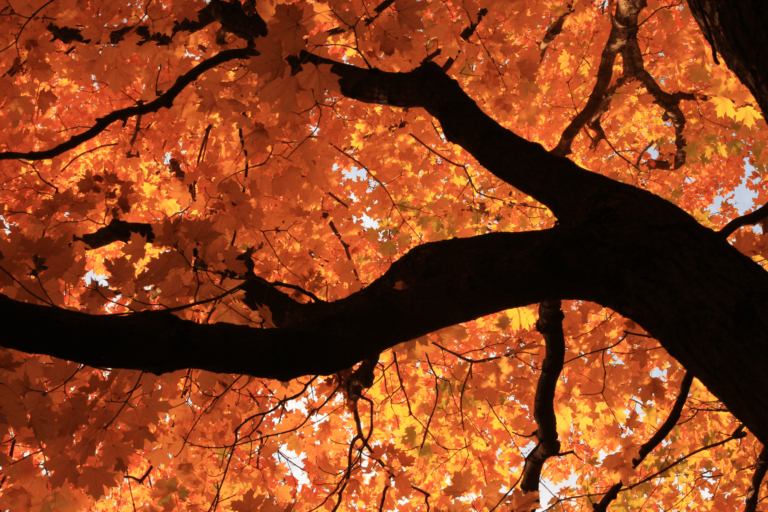What to see in Reggio Emilia? Here is a nice 10-step walk through the heart of the Emilian city.
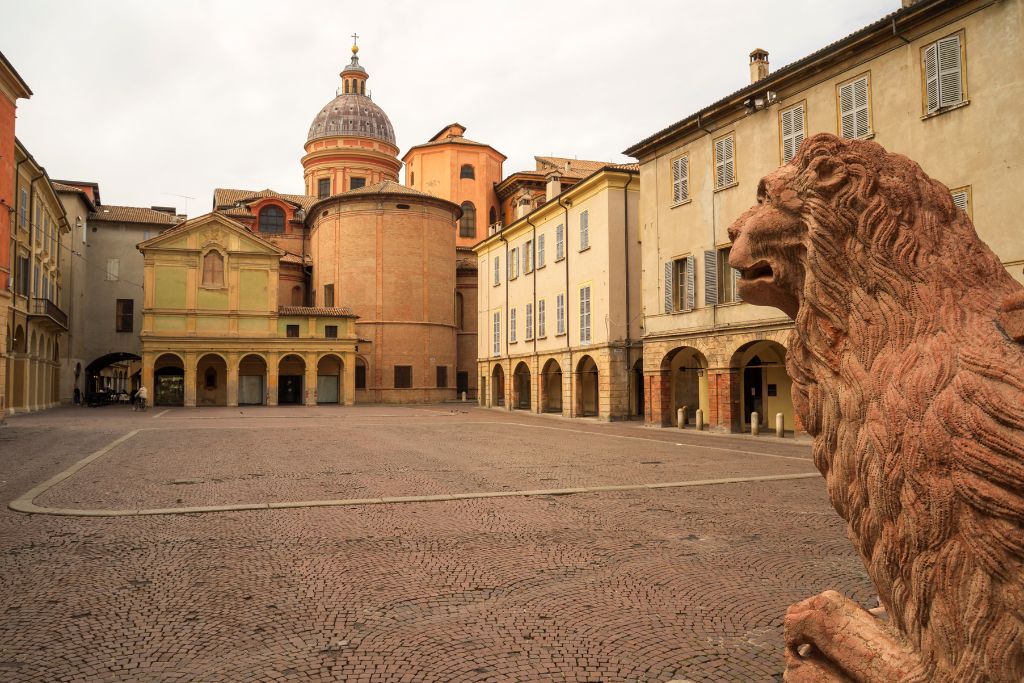
PIAZZA SAN PROSPERO
The walk starts from Piazza San Prospero, also known as ‘piasa cèca’ (small square) as opposed to the larger Piazza Prampolini. Formerly known as Piazza delle Erbe, and still a market place, it is one of the favourite meeting places for the people of Reggio Emilia. The square is enclosed by neoclassical wings and porticoes to the north and south, by the apses of the Cathedral of Santa Maria Assunta to the west and by the bulk of the Basilica of San Prospero (from which it takes its current name), which dominates here with its Baroque façade and unfinished octagonal bell tower. On the parvis of the basilica, which occupies a large part of the square, are six statues of lions sculpted in red Verona marble by the Reggio Emilia sculptor Gaspare Bigi in the early 16th century.

PIAZZA PRAMPOLINI
The second stop is Piazza Prampolini (popularly referred to as the ‘big square’), which can be reached from Piazza San Prospero by walking through the evocative passageway known as the ‘sotto Broletto’ (under the Broletto). Dedicated to Reggio politician Camillo Prampolini (one of the founders of the PSI and one of the protagonists of Italian reformism between the 19th and 20th centuries), it is the beating heart of the city. The buildings that symbolise the religious and political life of Reggio Emilia are concentrated here. It is overlooked by: the Cathedral of Santa Maria Assunta, of Romanesque origin; the Baptistery of St. John the Baptist, dating back to the 11th century; the Town Hall with the Tricolour Room; the Bordello Tower, today a panoramic viewpoint; the Palazzo del Podestà with the Clock Tower; and the Palazzo delle Notarie. At the north end of the square you can admire the statue of Crostolo, from the Villa Ducale in Rivalta.

CATHEDRAL OF SANTA MARIA ASSUNTA
In Piazza Prampolini, the Cathedral of Santa Maria Assunta is definitely worth a visit. Built on an ancient Roman construction around 857, it has undergone several transformations over the centuries. It mixes the Romanesque style with 15th-century renovations, even encroaching on contemporary art. On the outside, the tower on the façade is embellished by the 16th-century statue of the Madonna and Child with the Fiordibelli spouses (benefactors) in gilded embossed copper plates, an absolute masterpiece of goldsmith’s art by Reggio Emilia artist Bartolomeo Spani. Among the countless works of art that enrich the interior, the altarpiece with the Madonna of the Assumption and Saints Peter the Apostle and Jerome attributed to Giovan Francesco Barbieri known as Guercino (1625-1626) stands out.

TRICOLOUR HALL AND MUSEUM
For the fourth stop, we remain in Piazza Prampolini. Inside the Palazzo del Comune is the Sala del Tricolore (Tricolour Hall), where on 7 January 1797 the representatives of the free cities of Reggio, Modena, Bologna and Ferrara met to proclaim the Cispadane Republic, adopting the banner in the three colours green-white-red that later became the national flag in 1848. The historic hall is now the seat of the Municipal Council and can be visited. Opposite the Tricolour Hall, it is possible to visit the Tricolour Museum, which houses a large number of documents and memorabilia relating to the history of the Italian flag, as well as an important nucleus of contemporary works from the ‘Ninety Artists for a Flag’ project. Ample space is also dedicated to the history of Reggio Emilia’s political events.
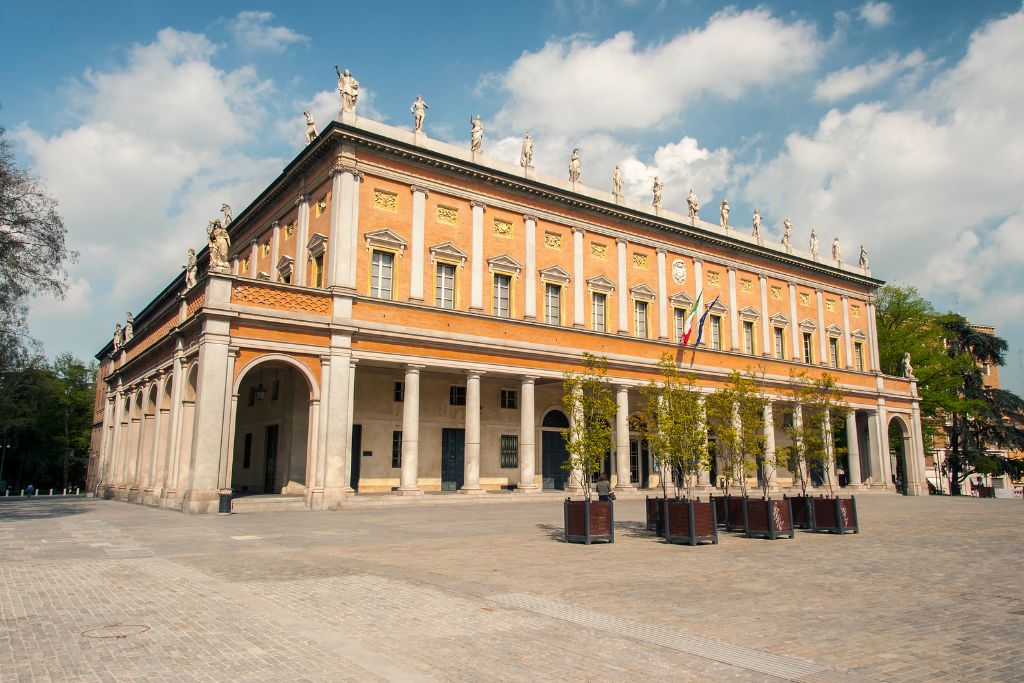
THEATRE SQUARES
In the large area formed by Piazza della Vittoria and Piazza Martiri del 7 Luglio are three theatres, each strongly characterised both architecturally and by the type of programming. The first, the Municipal Theatre named after the great Reggio Emilia actor Romolo Valli, is a spectacle within a spectacle also for the magnificence of its decor and furnishings. Inaugurated in 1857, it annually hosts a prestigious opera and concert season as well as a rich ballet performance. The second, the Theatre dedicated to Ludovico Ariosto, was erected in 1878 and hosts mainly drama productions. The third, the theatre dedicated to Cesare Zavattini (but more commonly known as the Teatro Cavallerizza), is a space with a variable configuration, intended for modern and research performances.
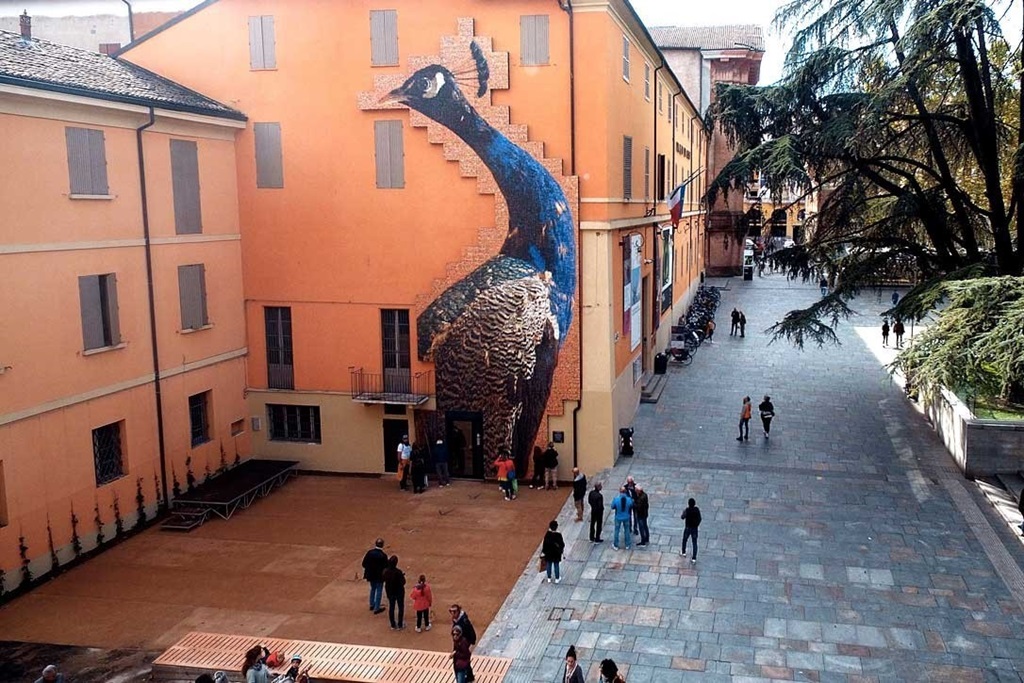
MUSEUM’S PALACE
Piazza Martiri del 7 Luglio also overlooks the unmissable Museum’s Palace, the headquarters of the Reggio Emilia Civic Museums. Housed in a former Franciscan convent, it brings together collections related to archaeology (Roman mosaics, Chierici Museum of Palethnology, Portico dei Marmi – Roman section, Regium Lepidi Museum), ethnography, art history (Marble Gallery – Medieval section, Medieval mosaics), natural history (Spallanzani Museum, Zoological, Anatomical, Botanical, Geo-mineralogical and Palaeontological Collections) and the history of the city. On the façade of Via Secchi stands out the work ‘Curiosa Meravigliosa’, a monumental photomosaic depicting a peacock by the Catalan artist Joan Fontcuberta.
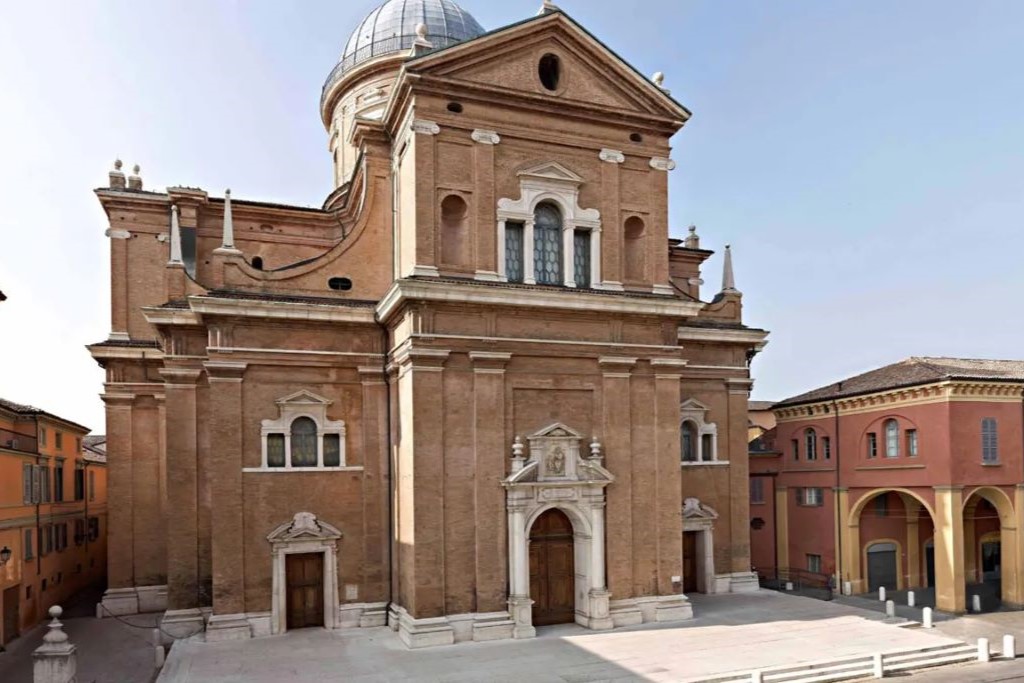
BASILICA OF THE BLESSED VIRGIN OF THE GIARA
The seventh stop is the Basilica of the Blessed Virgin of Ghiara, one of the most artistic Marian shrines in Italy. Situated along the ancient Corso della Ghiara, today Corso Garibaldi, it was erected at the turn of the 16th and 17th centuries thanks to the offerings of the faithful following a miracle that occurred on 29 April 1596 in favour of a deaf-mute boy, a certain Marchino da Castelnovo Monti, who allegedly regained the use of speech and hearing after praying in front of an image of the Virgin that stood in the area. A special feature of the basilica is the extraordinary cycle of frescoes and altarpieces painted by the best artists of 17th-century Emilia, including Ludovico Carracci, Lionello Spada, Alessandro Tiarini, Carlo Bonomi, Luca Ferrari and Guercino, who painted a marvellous Crucifixion of Christ for the Ghiara.
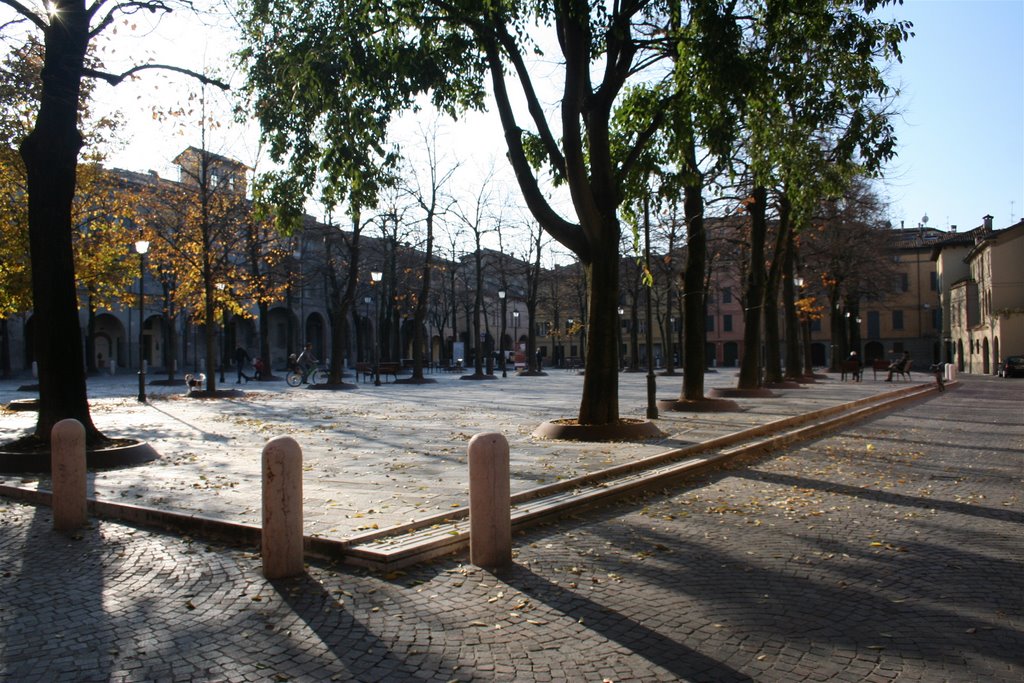
PIAZZA FONTANESI
The walk continues to Piazza Antonio Fontanesi, one of the most characteristic squares in the historic centre of Reggio Emilia and the perfect place for a refreshing stop. Lined with trees and embraced by porticoes, with its many cafés and delicatessen shops, it welcomes the Reggio citizens’ meetings, chats and dinners. It was created in the second half of the 18th century following the demolition of the block that occupied the area, on which stood a few houses, the convent and the parish church of Santa Maria Maddalena. In the square, there is (at number 8) the beautiful loggia of the house of the Reggio painter Gaetano Chierici and (at number 7) a painting of the Madonna and Child with Saints, dating back to the 19th century.
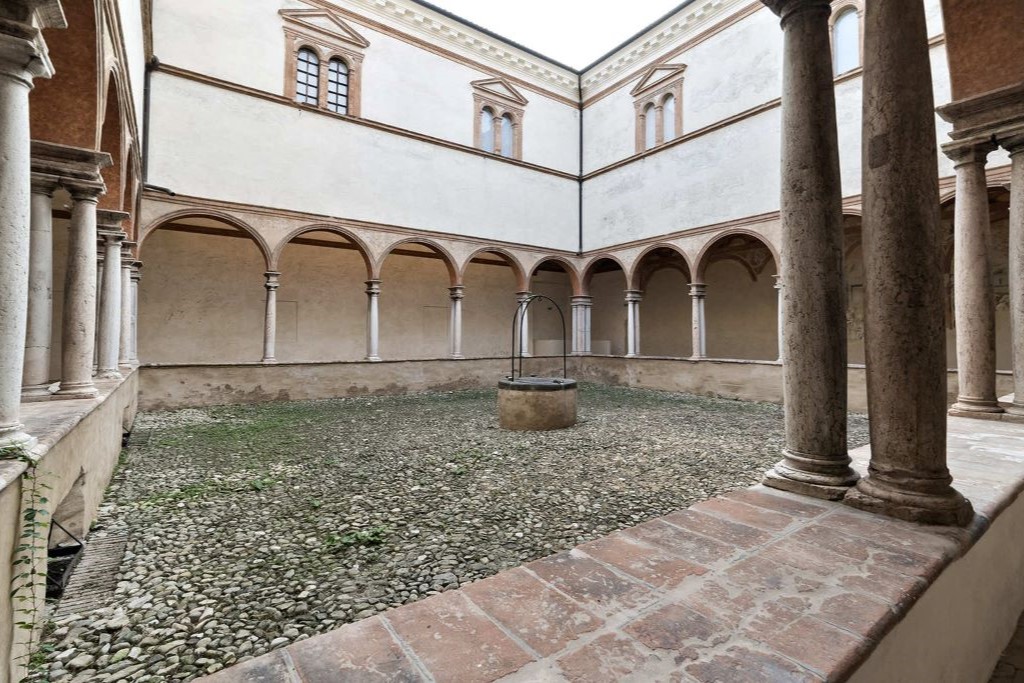
CLOISTERS OF ST. PETER
The next stop is the monumental complex of the Cloisters of St Peter, located along Via Emilia San Pietro. A former 16th-century monastery that was used in a variety of ways over the centuries, the building is arranged around two cloisters: a smaller one, built between 1524 and 1525 by Bartolomeo Spani, which is an example of full adherence to Renaissance canons; and a larger one, built about sixty years later by Prospero and Francesco Pacchioni, which has a late Mannerist appearance of great impact. Open to visitors throughout the year, the cloisters currently host permanent activities, both cultural and technological and social.
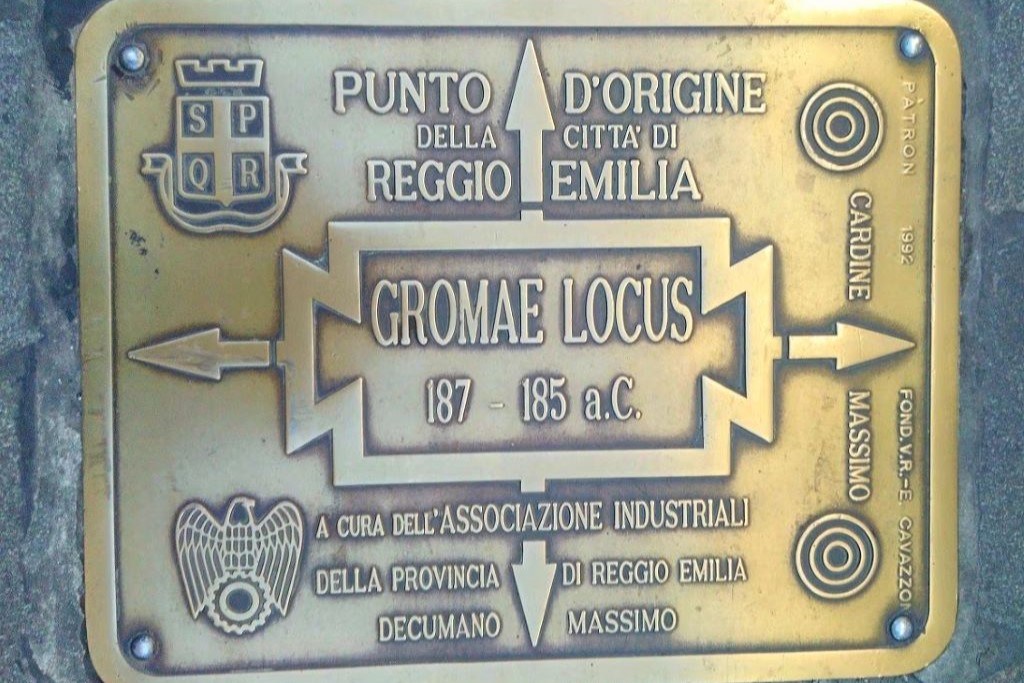
GROMAE LOCUS
Also along Via Emilia San Pietro is the last stop. At numbers 7-9 you can see a commemorative plaque indicating the Gromae Locus, i.e. the exact spot where the construction of the city originated, between 187 and 185 BC. Here, in fact, the Romans laid the ‘groma’, the wooden pole used by the mensor or agrimensor legionis to trace the two main axes of the new settlement: the decumanus maximus, which corresponds to the Via Aemilia running from Piacenza to Rimini; and the cardo, which instead coincides with today’s Via Roma.
Photo TRICOLOUR HALL AND MUSEUM © Italoblog – Italo Treno | PALAZZO DEI MUSEI © Musei Civici di Reggio Emilia | BASILICA OF THE BLESSED VIRGIN OF THE GIARA © Musei Civici di Reggio Emilia | PIAZZA FONTANESI © Municipality of Reggio Emilia | CLOISTERS OF ST. PETER © Chiostri di San Pietro | GROMAE LOCUS © Italoblog
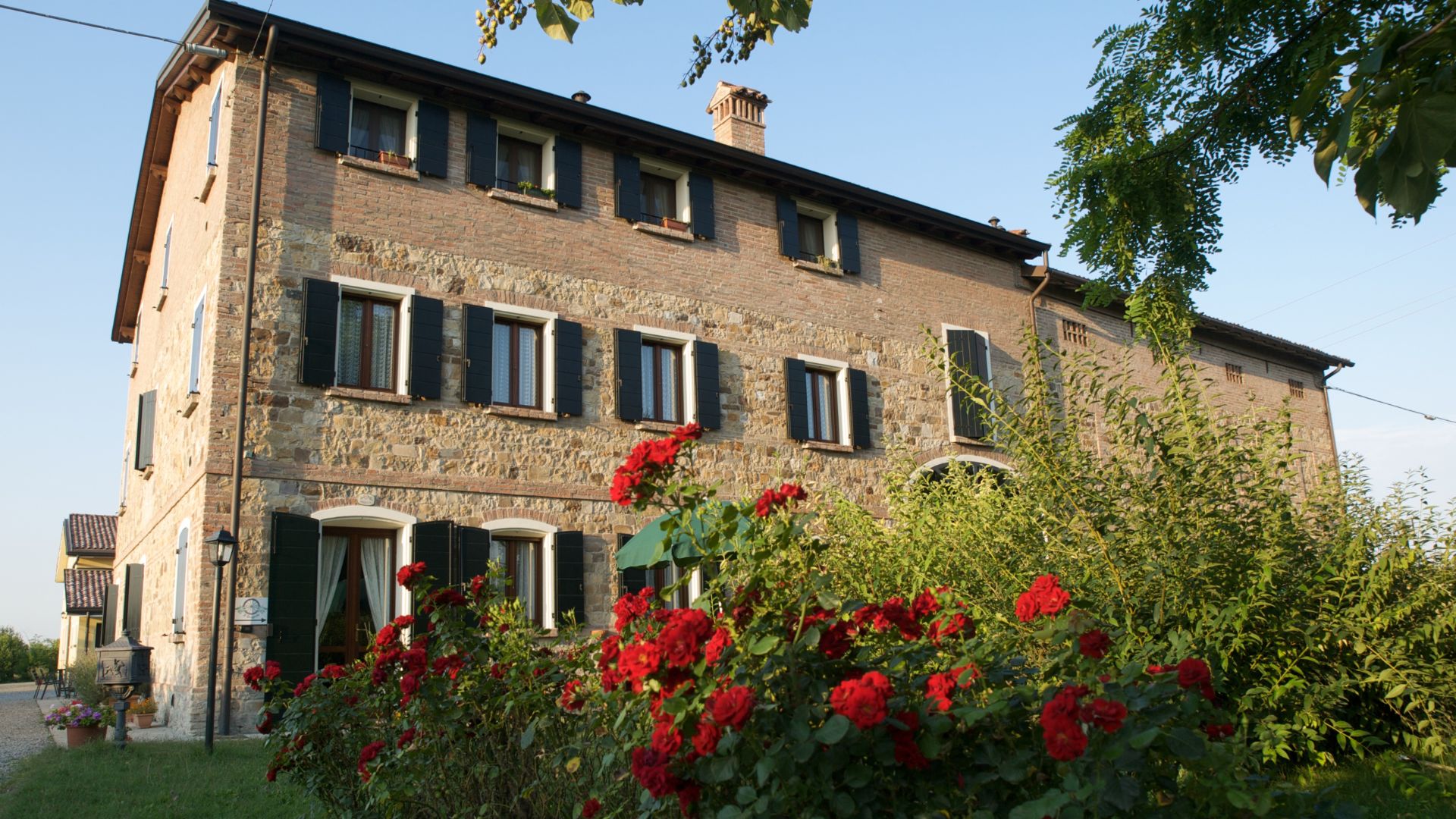
AGRITURISMO IL BRUGNOLO
Welcome to il Brugnolo
If you’re looking for completely independent apartments surrounded by greenery you really are in the right place here!
In fact, Brugnolo is immersed in the green nature of the Emilian countryside. For your relaxation, for that of your children, and again for the runs of your 4-legged friends, you will have 6000 square meters of park at your disposal!

